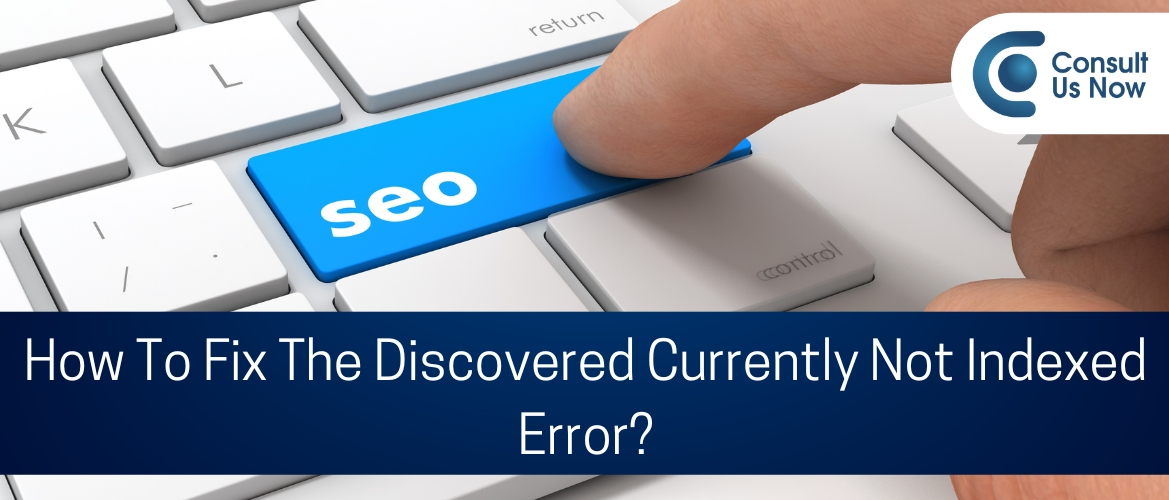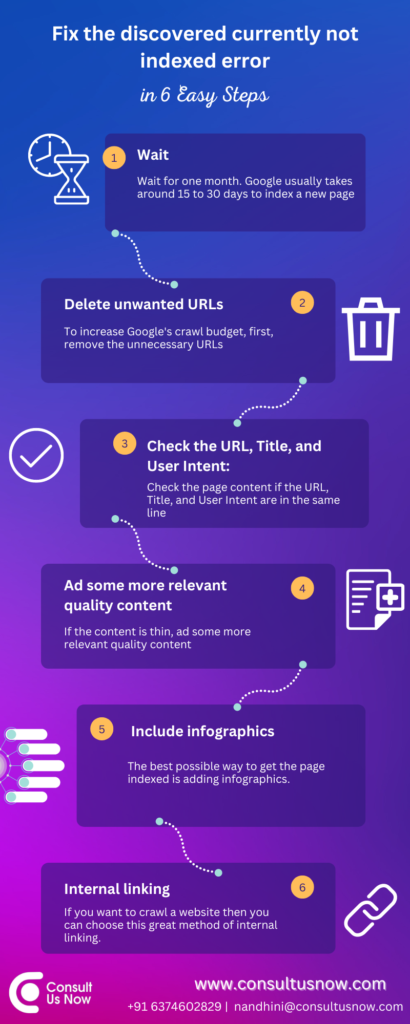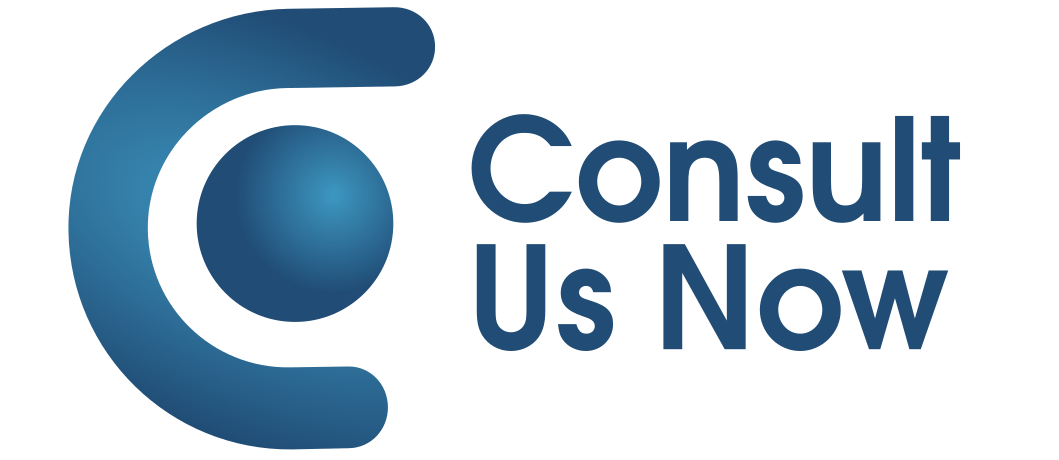
How To Fix The Discovered Currently Not Indexed Error?
Introduction
One of the nightmares for any SEO expert is the “discovered-currently not indexed” error. This is the error which indicates your URL is known to Google but Google doesn’t want to index your page.
Have you tried N-number of ways but still couldn’t solve the problem? No more hassle. Here we present 100% actionable tips to solve the issues.
The below 6 tips can get you out of the “discovered-currently not indexed” error for sure!!
Let’s get started.
How to fix the discovered currently not indexed error?
Step #1 – Wait:
When you encounter the “currently not indexed” error, the first step is to wait for some time. Google, for example, usually takes around 15 to 30 days to index a new page. During this time, you can focus on other SEO activities such as creating high-quality content, optimizing existing pages, or building backlinks.
If after a month or so, the issue persists, you can move on to the next steps such as checking your robots.txt file, reviewing your page’s meta tags, looking for errors in your HTML code, submitting the page to search engines manually, building quality backlinks, or contacting the search engine’s support team for help.
It’s important to keep in mind that the process of indexing pages by search engines is not always instantaneous, and it can take some time for search engines to discover and index your new or updated content. Therefore, patience is key, and you should give search engines enough time to crawl and index your pages before taking any drastic actions.
Step 2: Delete unwanted URLs this will give a better crawl budget:
Second step, why the discovered-currently not indexed error occurs? It may be because of server overload due to which google might hold your page from indexing.
So, what can we do to resolve this?
The “currently not indexed” error can occur due to various reasons, one of which is server overload. If Google detects that your server is experiencing high traffic or is not responding quickly, it may hold off on indexing your pages until the server issue is resolved.
To address this issue, you can take steps to improve your website’s crawl budget. A crawl budget is the number of pages that a search engine like Google crawls and indexes on your website within a given time period. If your website has many unnecessary or low-quality pages, it can reduce your crawl budget, leading to slower indexing and poor search engine rankings.
To increase Google’s crawl budget, one effective strategy is to remove or “No Index” unnecessary URLs such as forum URLs and comments URLs. These pages often contain little or no useful content, and can negatively impact your crawl budget. By removing them, you can free up resources for Google to crawl and index your more important pages.
This strategy is particularly useful for larger websites with thousands or millions of pages. By reducing the number of low-quality pages, you can help Google focus its efforts on your high-quality pages, improving your website’s overall visibility and search engine ranking.
To remove or “No Index” unnecessary URLs, you can use the robots.txt file or the meta robots tag in your HTML code. The robots.txt file tells search engines which pages or sections of your website to crawl and index, while the meta robots tag can be used to instruct search engines not to index a particular page.

Step 3: Check the URL, Title, and User Intent:
Check the page content if the URL, Title, and User Intent are in the same line.
If you give the title and URL for one keyword but the given content is irrelevant, then you will certainly get a “discovered-currently not indexed” error.
Example: If your title and URL are relevant to “Statistics about Big Data”
Then the content should be explaining the statistics about big data. Instead of that, if your title and URL are relevant to “Statistics about Big Data” but your content relevant to “ Tutorial To study Big Data” then the discovered-currently not indexed error may occur.
So, you should give the relevant content for your title and URL in the first part of the article or blog or webpage then the error will be sought out. In the second half of the page, you can give additional relevant information.
If you are hesitant to remove the URLs then this method will be more relevant to you. It will be easy and you don’t need to panic. This may solve the error!!
Step 4: If the content is thin, ad some more relevant quality content
In the fourth step, you may think that if the content is thin then adding a bunch of lines can get it indexed. But it may not work. Instead of inserting large and low quality content at the end of your page, try adding the valuable content in the introduction as informative as possible.
Because the major part of any page is the first 15-20 lines. There you can give more statistics, more facts, and even one outbound link to add more value to the visitor.
So, when Google crawls the first few lines of high-quality content it may accept the content as high-quality content and index it.
Step 5: Include infographics
The fifth step is infographics.
What can you do if the page isn’t indexed for two months?
The best possible way to get the page indexed is infographics.
When you think about infographics you may think it is difficult or it takes time to research. No, it’s not true. It is quite an easy task.
Infographics aren’t just about research and giving statistics. They are more than that and simple than that.
For example, If a blog contains 10 tips, consolidating all those 10 tips and making an infographics is also considered as an infographics.
It is an actionable and an amazing technique to use. You can try it. You will be surprised with the results.
Also, If you can’t get an infographics. Also, you can add more images and make the content and user experience better.
Additionally, If you have a video then you can either self-stream it in your website or stream it on YouTube and then you can embed it in your web page.
So, when the content upgrades the page, it will get indexed as soon as it gets discovered.
Step 6: Internal linking
Sixth step, If you want to crawl a website then you can choose this great method of internal linking.
Let us consider that you are launching four web pages at a time. Let say ,you gave internal linking for two pages, You didn’t give internal links for two pages. The pages which are interlinked will be crawled and ranked quickly than the unlinked pages.
To your surprise, the pages with internal linking will get indexed faster than the pages without internal linking.
Thus, internal linking is the best method for indexing a page faster.
Conclusion
I hope this article is helpful in fixing "Discovered- Currently Not Indexed Error". Still, Do you want any help with SEO? Contact our Best SEO agency in Chennai.
For further details or support in Digital Marketing, Write to [email protected] or call us at +91 6374602829
